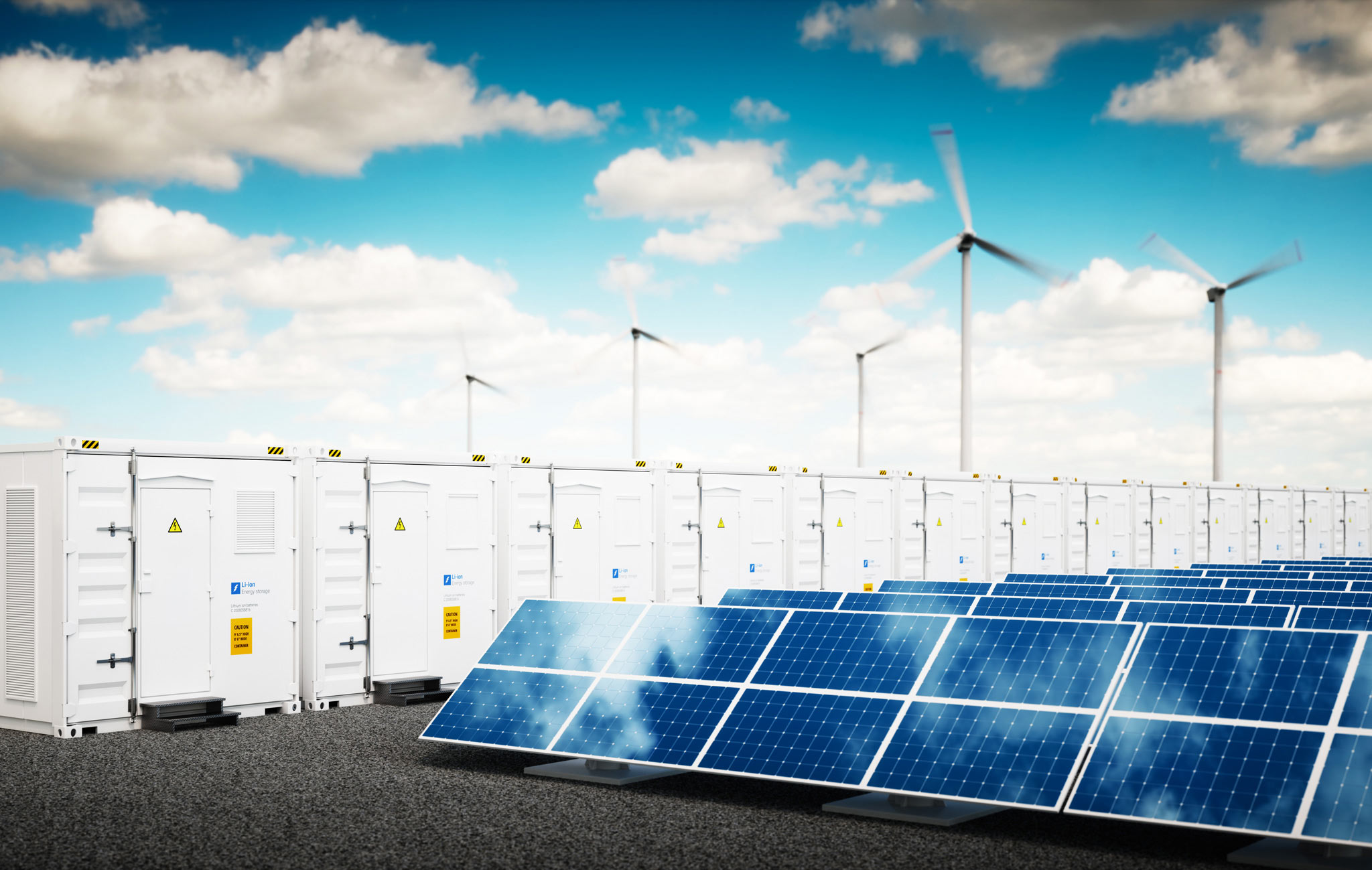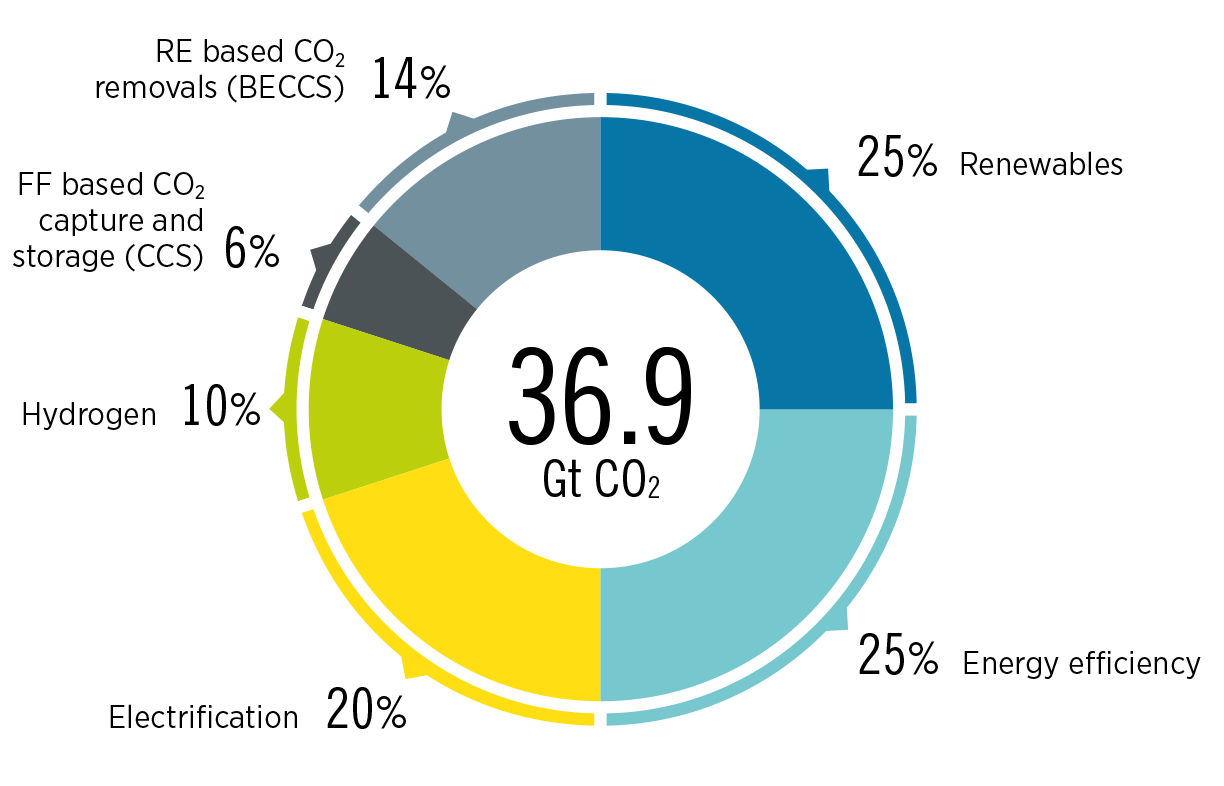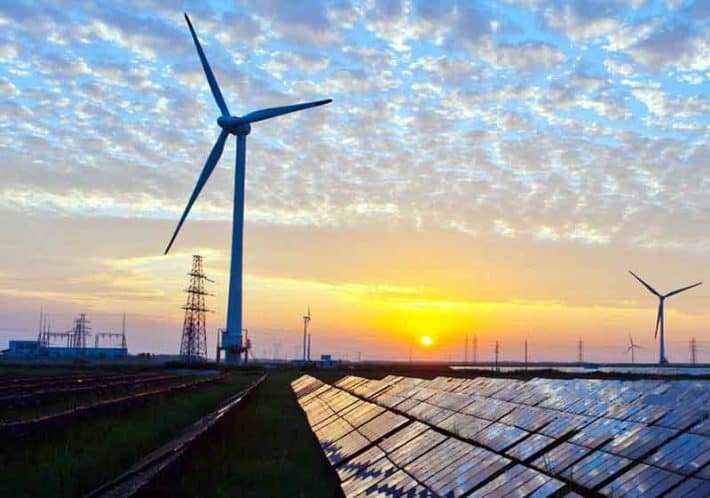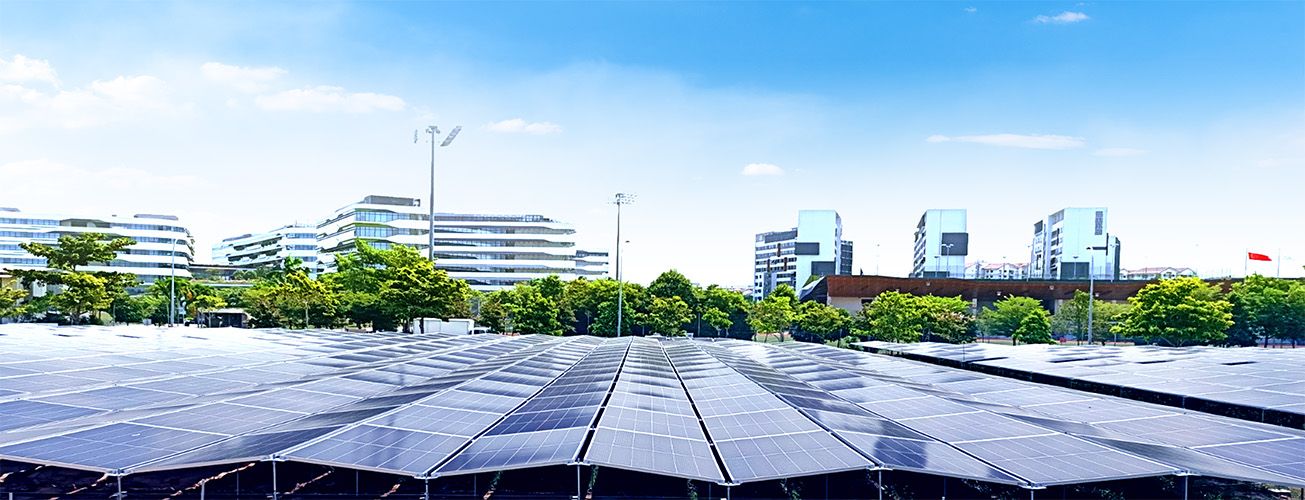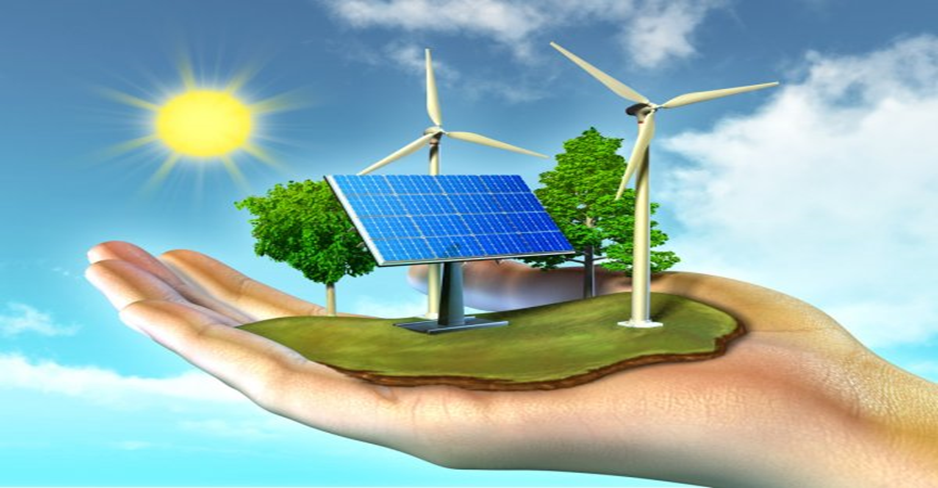Exploring Diverse Renewable Energy Technology Examples
Introduction to Renewable Energy Technology
Renewable energy technology has witnessed significant advancements in recent years, offering a diverse array of innovative solutions to address the world’s energy needs sustainably. From solar and wind power to hydropower and geothermal energy, renewable technologies play a crucial role in reducing carbon emissions, mitigating climate change, and promoting energy independence. Let’s delve into some notable examples of renewable energy technology.
Solar Power: Harnessing the Sun’s Energy
Solar power is one of the most well-known and widely adopted forms of renewable energy technology. Photovoltaic (PV) panels convert sunlight directly into electricity, providing a clean and sustainable energy source for homes, businesses, and utilities. Solar power systems can be installed on rooftops, in solar farms, and even integrated into building materials such as solar shingles and windows, offering versatile and scalable solutions for generating renewable electricity.
Wind Energy: Capturing the Power of the Wind
Wind energy technology harnesses the kinetic energy of the wind to generate electricity through wind turbines. These towering structures, equipped with blades that rotate when exposed to wind, convert mechanical energy into electrical power. Onshore wind farms, located on land, and offshore wind farms, situated in bodies of water, are examples of wind energy installations that contribute to the growing share of renewable energy in the global energy mix.
Hydropower: Tapping into the Power of Water
Hydropower technology utilizes the energy of flowing or falling water to generate electricity. Large-scale hydropower plants, such as dams and reservoirs, capture the potential energy of water stored at elevated levels and convert it into kinetic energy through turbines. As the water flows or falls, it spins the turbines, which generate electricity. Hydropower is a reliable and mature renewable energy technology with significant potential for expansion and innovation.
Geothermal Energy: Harnessing Earth’s Heat
Geothermal energy technology taps into the heat stored beneath the Earth’s surface to produce electricity and heat buildings directly. Geothermal power plants utilize hot water or steam from underground reservoirs to drive turbines and generate electricity. Additionally, geothermal heat pumps transfer heat from the ground to buildings for heating in winter and reverse the process for cooling in summer, providing efficient and sustainable heating and cooling solutions.
Bioenergy: Utilizing Organic Matter
Bioenergy technology harnesses the energy stored in organic matter, such as biomass and biofuels, for electricity generation, heating, and transportation. Biomass power plants burn organic materials like wood, agricultural residues, and waste to produce steam that drives turbines and generates electricity. Biofuels, such as ethanol and biodiesel, derived from crops, algae, and organic waste, serve as renewable alternatives to fossil fuels in vehicles and machinery.
Wave and Tidal Energy: Harnessing the Power of the Sea
Wave and tidal energy technologies harness the energy of ocean waves and tidal currents to generate electricity. Wave energy converters capture the kinetic energy of waves as they move across the ocean surface, while tidal turbines extract energy from the ebb and flow of tidal currents. These technologies offer promising opportunities






